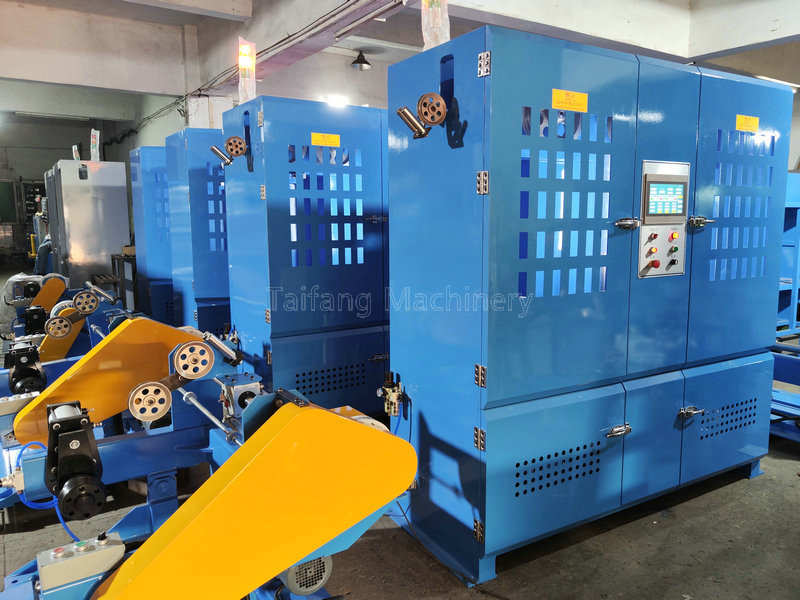Understanding the Working Principles and Operational Requirements of Paper Wrappers
In today’s rapidly developing packaging industry, paper wrappers, as an important piece of equipment, play a crucial role in improving production efficiency, ensuring product quality, and saving costs. This article will delve into the working principles and operational requirements of paper wrappers, providing you with a comprehensive understanding.
I. Working Principles of Paper Wrappers
The primary function of paper wrappers is to cut, fold, and adhere paper or other flexible materials into different shapes of containers. Their working principles can be summarized as follows:
Feeding: The paper roll is placed at one end of the machine and fed into the machine through feeding wheels or rollers.
Optional Printing: If necessary, the paper can be printed with patterns or text before entering the folding area.
Folding: The paper accurately folds into the desired shape through a series of folding plates and rollers.

Adhesion: In the adhesion area, the folded paper is fixed by gluing and pressing.
Cutting: The formed paper container is sent to the cutting area to remove excess edge materials.
Unloading: The finished product is then collected and transported out of the machine through a conveyor belt for further processing or direct packaging. During this process, the control system coordinates various parts to ensure precise synchronization and efficient operation of the paper wrapper.
II. Operational Requirements of Paper Wrappers
To ensure the smooth operation and high-efficiency production of paper wrappers, the following operational requirements must be met:
Precision: The working principle of paper wrappers must ensure accuracy in tasks such as paper positioning, folding, and cutting, thus guaranteeing the final product size and shape consistency.
Stability: The working principle requires that the machinery must maintain long-term stable operation, reducing fault rates and downtime to improve work efficiency.
Adaptability: The design of the working principle must consider different thicknesses, textures of paper, as well as various packaging needs, ensuring wide applicability.
Safety: The operation of the machine should comply with safety standards, including but not limited to having necessary safety protective measures to avoid operator injuries during operation.
Automation: Modern paper wrappers should have a high degree of automation, from raw material input to finished product output, minimizing manual intervention to enhance production efficiency and product consistency.
Energy Efficiency: The design and operation of the machine should take into account energy-saving requirements, reducing energy consumption and running costs through optimized workflows and the use of efficient energy.
Ease of Maintenance: The working principle of the machine should make daily maintenance and fault exclusion more convenient and quick, shortening maintenance time and extending the lifespan of the equipment. In summary, the working principle of paper wrappers is an essential factor affecting product quality, production efficiency, and operating costs in the modern packaging industry. By fully understanding these working principles and operational requirements, enterprises can choose and use paper wrappers that meet their needs, thereby maximizing the benefits brought by this important piece of equipment.



